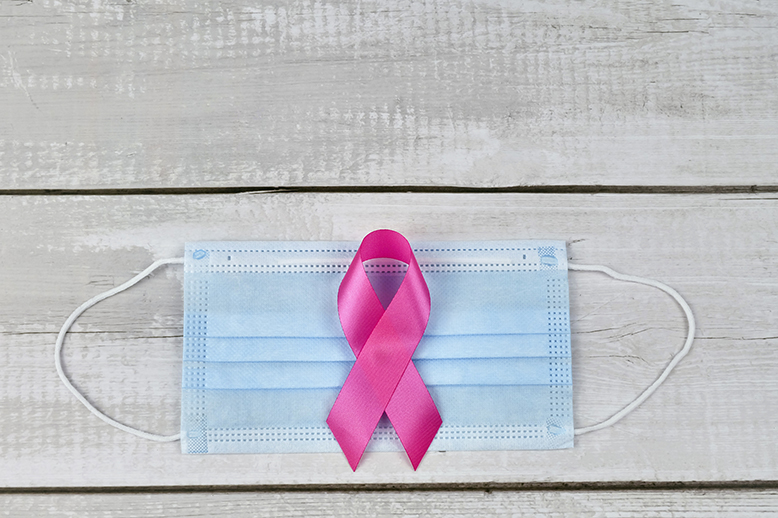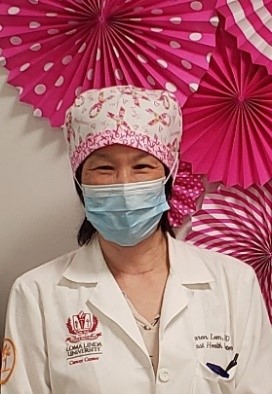
As Breast Cancer Awareness Month comes to an end and we face another surge in COVID-19 cases, we must remember that cancer does not take a break during a pandemic. For this reason, women still need to get their routine mammogram screenings. Regular screening mammograms help to detect breast cancer early and women who undergo screening mammograms are less likely to die from breast cancer.1
Unfortunately, many breast cancer disparities exist. While white women are more likely to get diagnosed with breast cancer, black women are more likely to die from the disease. Women without insurance are half as likely to come in for screening mammograms. Women of color have more advanced stages at diagnosis. Those with other medical conditions or who are obese respond less favorably to treatment and have worse outcomes.2
Earlier this year, when many states issued stay-at-home orders, mammogram facilities shut their doors due to safety concerns about spreading COVID-19. The number of women coming in for mammogram screenings plummeted across the country by 94%.3 The consequence of missing cancer screenings is that breast cancer will grow undetected—by the time a patient realizes she has cancer, it will be at a much more advanced stage and less likely curable. With enhanced safety measures, mammogram facilities have now reopened, but women have still not returned to routine screening at pre-COVID levels.4
COVID-19 will likely worsen already existing disparities in breast cancer outcomes because the same people are afflicted. Individuals most impacted by COVID-19 are minorities and those with pre-existing conditions like obesity. Furthermore, since most people have employer-related health insurance, those who have lost their jobs during the pandemic will also lose their insurance. While telehealth may bring improved access to healthcare, the ability to access this technology remains out of reach for many.5
Because the pandemic has shed public light on structural racism and related social and political factors that affect health outcomes, there is opportunity to improve breast cancer disparities in the future. For now, we can avert another crisis by encouraging women to come back for their routine screening mammograms.
The CDC provides breast and cervical cancer screenings and diagnostic services to low-income, uninsured, and underinsured women across the United States. Find out if you can get free screening mammograms here: https://www.cdc.gov/cancer/nbccedp/screenings.html.
Author Bio

Sharon Lum, MD, FACS
Dr. Lum is Professor and Vice Chair of Academic Affairs in the Department of Surgery for the School of Medicine, where she serves as Medical Director of the Breast Health Center. She is a member of the American Society of Breast Surgeons Health Disparities Advisory Committee. Her research interests include quality measures and disparities in breast and other cancer outcomes and incorporation of patient reported outcomes in clinical decision-making for patients with breast diseases.
References:
- https://www.cancer.org/cancer/breast-cancer/screening-tests-and-early-detection/american-cancer-society-recommendations-for-the-early-detection-of-breast-cancer.html
- https://www.cancer.org/content/dam/cancer-org/research/cancer-facts-and-statistics/breast-cancer-facts-and-figures/breast-cancer-facts-and-figures-2019-2020.pdf
- https://ehrn.org/articles/delays-in-preventive-cancer-screenings-during-covid-19-pandemic
- https://ehrn.org/articles/delayed-cancer-screenings-a-second-look/
- Balogun OD, Bea VJ, Phillips E. Disparities in Cancer Outcomes Due to COVID-19—A Tale of 2 Cities. JAMA Oncol. 2020;6(10):1531–1532. doi:10.1001/jamaoncol.2020.3327
